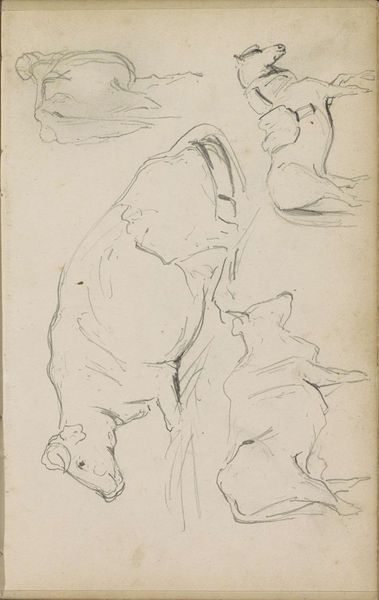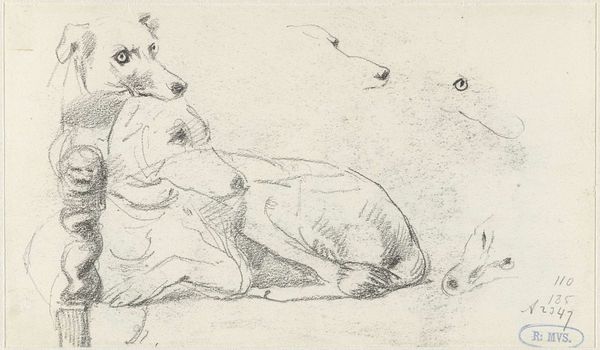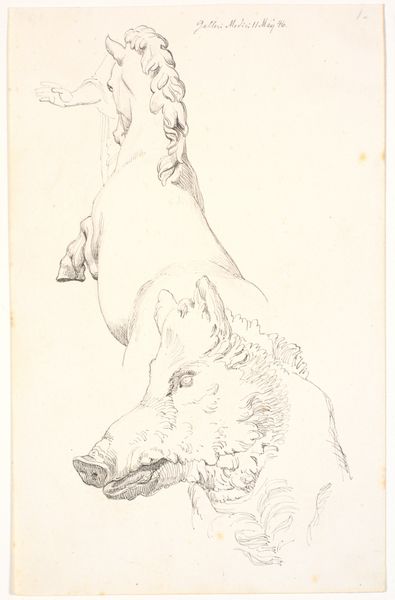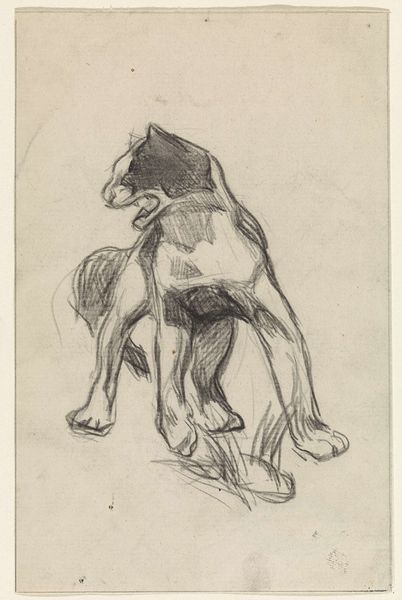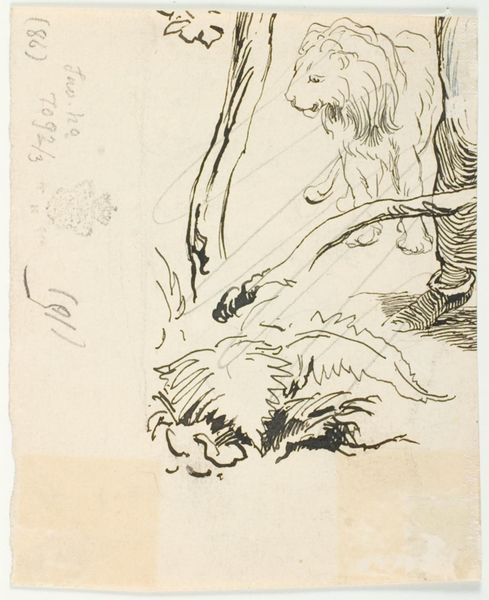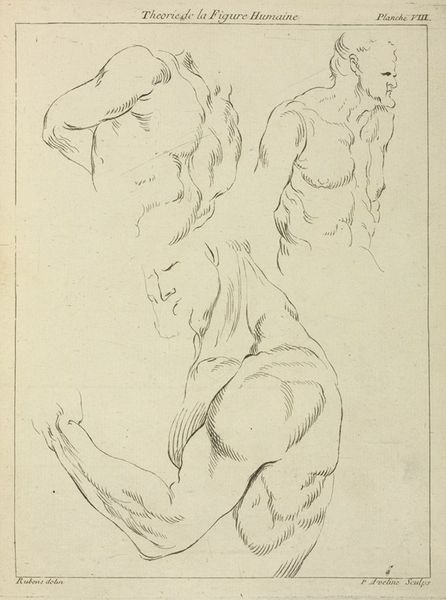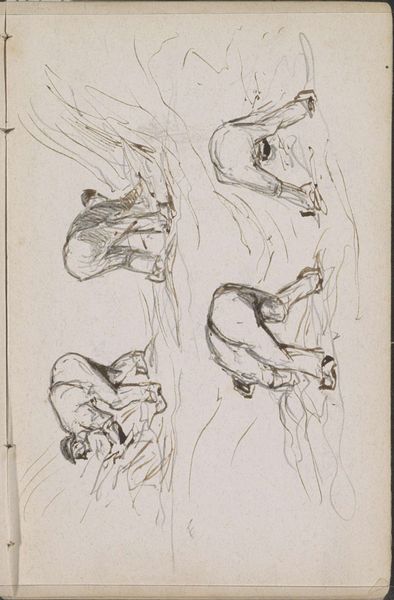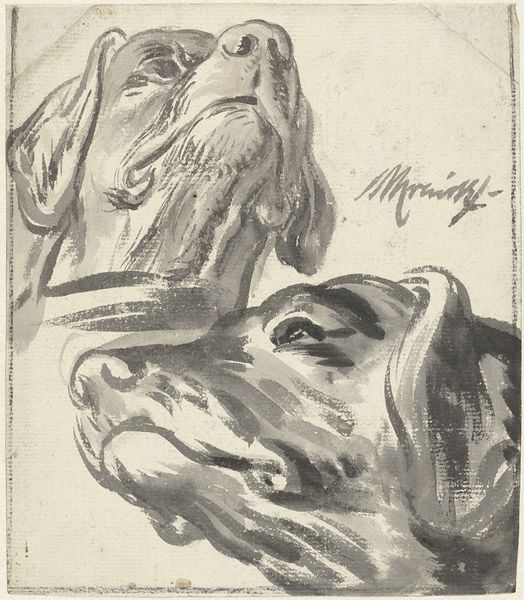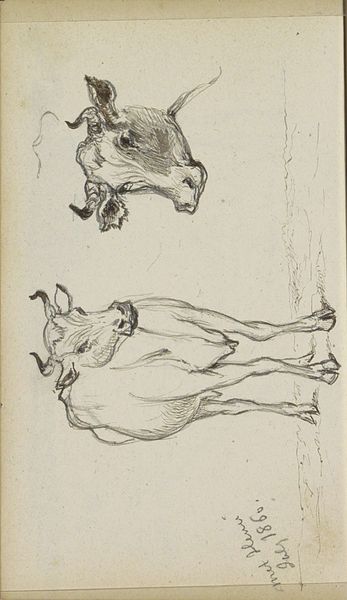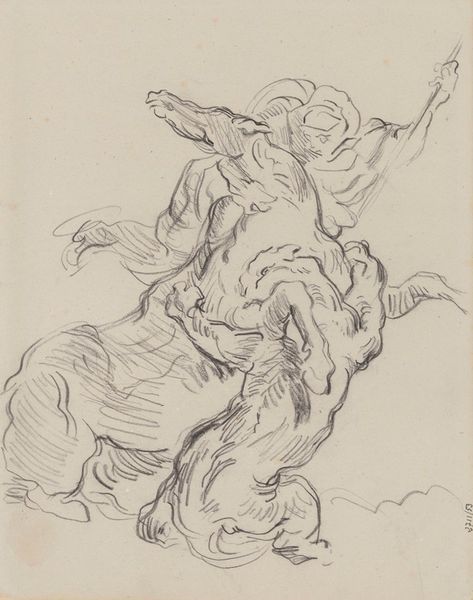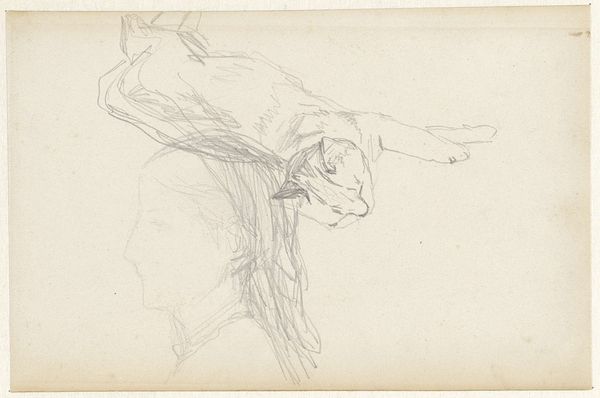
drawing, engraving
#
portrait
#
drawing
#
baroque
#
figuration
#
engraving
Copyright: Public Domain: Artvee
Editor: This drawing by Peter Paul Rubens, called "Heads and necks of two bovines; portion of neck of a third," appears to be an engraving. The linear quality makes me think of scientific illustration, yet the animals' expressions feel so individualized, so alive. What do you see in this piece? Curator: It's a fascinating work, isn’t it? On the surface, it’s an anatomical study, fitting into a broader historical context where scientific inquiry and artistic representation were intertwined. But let’s delve deeper. Consider Rubens’s time, the 17th century, rife with religious and political upheaval. What might the choice of bovines, animals often associated with labor, sacrifice, and even docility, signify in such a tumultuous period? Editor: That's interesting. So, are you suggesting these aren’t just studies of animal anatomy, but maybe… commentaries on the social order? The burdens people carried? Curator: Precisely! Look at the detail given to their eyes. They possess a kind of weary knowing, don't they? This engraving could be viewed as part of a larger visual dialogue questioning power structures and societal expectations, echoing similar sentiments found in contemporary philosophy and early feminist writings. The artist uses seemingly simple subjects to raise more complicated conversations on labor, obedience and society's expectations. Editor: Wow, I hadn't considered that. So even a drawing of farm animals can be politically charged? Curator: Absolutely. Art doesn't exist in a vacuum. By examining its historical, social, and philosophical context, we unlock layers of meaning and gain a richer understanding, opening it to fresh interpretations through our contemporary lens. What do you think? Editor: I'm definitely seeing it differently now. It's a reminder to look beyond the surface and consider the deeper narratives at play. Thank you. Curator: And thank you for opening up to new perspectives. It is crucial to approach art not just as aesthetic objects, but as reflections of complex social realities and tools of silent protest.
Comments
No comments
Be the first to comment and join the conversation on the ultimate creative platform.

